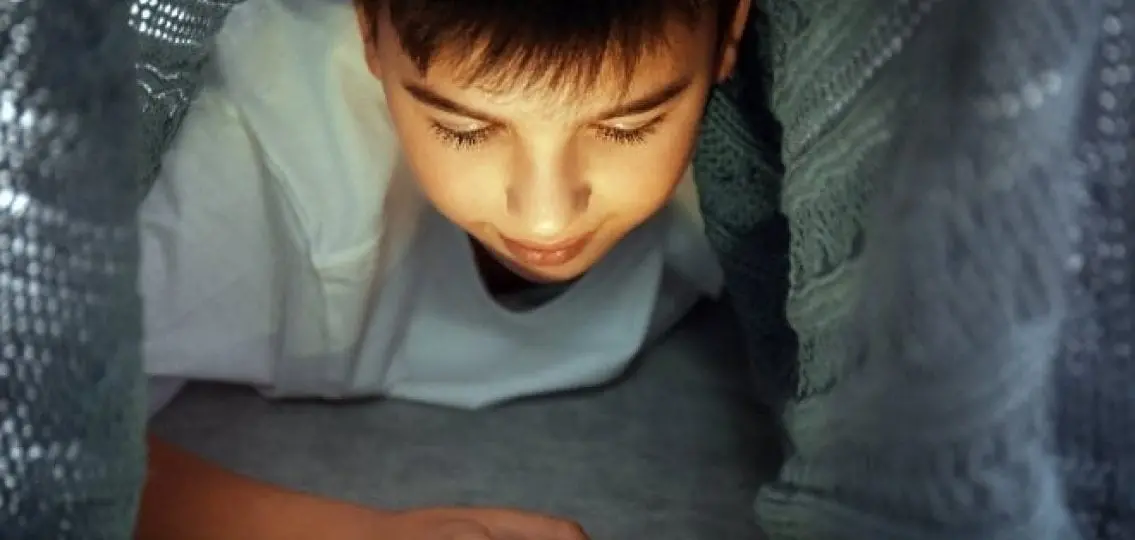Joselyn, a 14-year-old in California, says that at least once a month, she receives an image of one of her classmates’ penises—and that nearly everyone she knows has sent sexually explicit messages. A few states away in Denver, 17-year-old Evan says that for some of his friends, collecting nudes from teenage girls is almost like a hobby.

These acts of sexting can happen with or without prior consent. Sexting usually occurs between people through private message or text, but it can also happen between groups of people on social networks such as Instagram and Snapchat.
While Joselyn and Evan are still in the minority, sexting is becoming more common among kids under 18. A study from the University of Calgary in Canada shows that among 11- to 17-year-olds, one in seven has sexted, and about one in four has received them. While many sexts do stay private as intended by the teens who send them, the seemingly simple act of sexting is still fraught with complicated consequences.
The prevalence of sexting may be a natural outgrowth of the way adolescents explore sex and relationships in the digital age.
“There’s little divide between the online and offline lives of today’s youth,” says Sheri Madigan, Ph.D., assistant professor of psychology at the University of Calgary. “So not surprisingly, their romantic lives now also take place on their devices.”
Sexting isn’t inherently wrong when both parties are consenting adults. For some couples, it increases feelings of intimacy, as love letters may have in decades past. “Part of intimacy is shared disclosure and vulnerability,” explains Justin Garcia, M.S., Ph.D., associate professor of Gender Studies and research director of the Kinsey Institute at Indiana University. In fact, normalizing sexting, and sexuality in general, can have a huge payoff for both parents and teens.
The Dangers of Sexting
However, sexting does come with its own set of dangers.
While each state’s laws are different, most have severe penalties to protect minors from exploitation. So, if your kid is under 18 and they create, send, or receive sexually explicit images of another minor, it could be considered child pornography. That means that even if both parties are minors, kids who sext could be charged with a misdemeanor, felony charges, prison time, and mandatory sex-offender registration that could affect them for the rest of their lives.
Even short of understanding legal consequences, teens may not realize the potential long-term effects of hitting “send.” It’s important to emphasize to kids that even when they are of age, once they send a sext, that picture, text, or video is out of their control—forever.
The sender has no control over where that image goes, who sees it, or what they do with it.
“A lot of girls have body insecurities,” explains Jocelyn. “Sending a nude photo to a guy makes them feel good about themselves. It makes them feel wanted.” Unfortunately, the initial high when a guy “oohs and ahhs” plummets to dramatic lows when images are shared, leaked, or discovered by their parents or school administrators.
Take this real-world example: A 12-year-old boy from California solicited naked pictures from a 12-year-old girl, saying he would give her $20 if she sent him the requested images. The girl sent the pictures, the boy shared them with his friends, and dozens of classmates wound up seeing them. The girl has since been dubbed “20 Bucks.”
Trouble is, kids are impulsive by nature.
They may realize sexting isn’t the smartest decision, but the short-term dopamine hit of getting affirmation—or the conundrum of how to say “no” to someone they like—can be more powerful than the potential risk of a leaked image. So, it’s critical to outline the real-world consequences of sexting for your kids.
“Not only could they face bullying, depression, and anxiety—if they share the image, or it’s found, they could land in jail,” says Garcia.
“I try to tell my friends, you’ll feel powerful until you hit send,” says Jocelyn. “Once it’s out of your hands, you’ll be powerless.”
4 Things Parents Can Do to Educate Their Kids about Sexting:
1. Share real world examples.
Use recent headlines and news stories to talk about sexting with kids.
2. Have age-appropriate conversations about expectations.
For younger kids, explain that text messages, emails, and online communication should never include images of anyone without clothes.
For older kids, ask, “Have you heard of sexting? Tell me what you think it is.” Once you learn what they know, you can better shape the conversation.
3. Discuss peer pressure.
Emphasize that it is never okay to ask or pressure anyone to sext, nor is it okay to send unsolicited sexts.
Discuss peer pressure in the digital age, and provide strategies for how to say no. Then, provide them with tools to turn down a sexting request, such as using humor or simply saying, “Let’s keep it offline. I’d never want anyone to see this stuff on my phone or yours.”
4. Develop strategies for different scenarios.
Discuss what to do if they receive a sext. (Delete!—unless it’s from an adult, in which case it should be reported to law enforcement.)

Go through “what if” scenarios: What if you feel pressured to sext? What if you send a sext and then regret it? Then what happens? What if you break up with your boyfriend/girlfriend—what happens to those pictures? “This helps youth think through hypothetical scenarios with their parents,” says Madigan. “In the event they encounter this scenario in real life, they will have some problem-solving strategies to draw on.”




